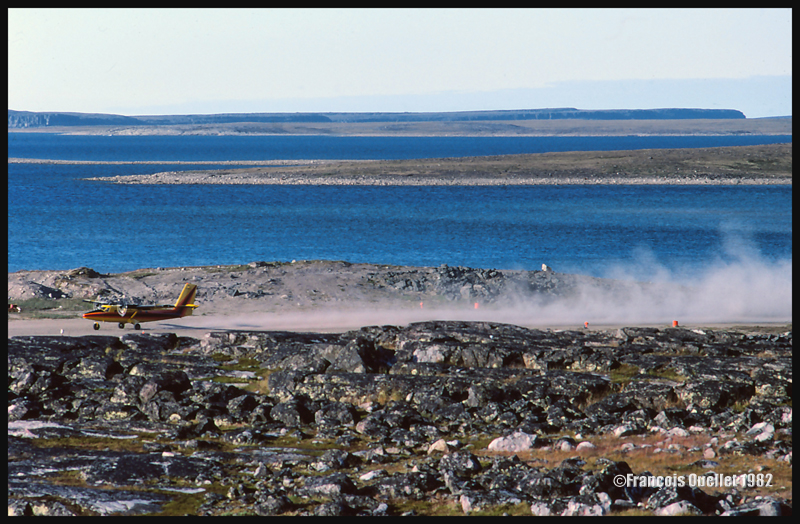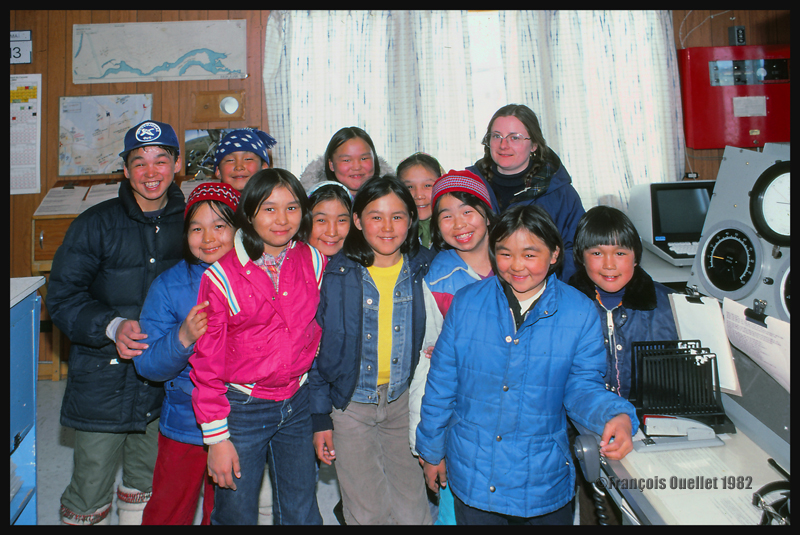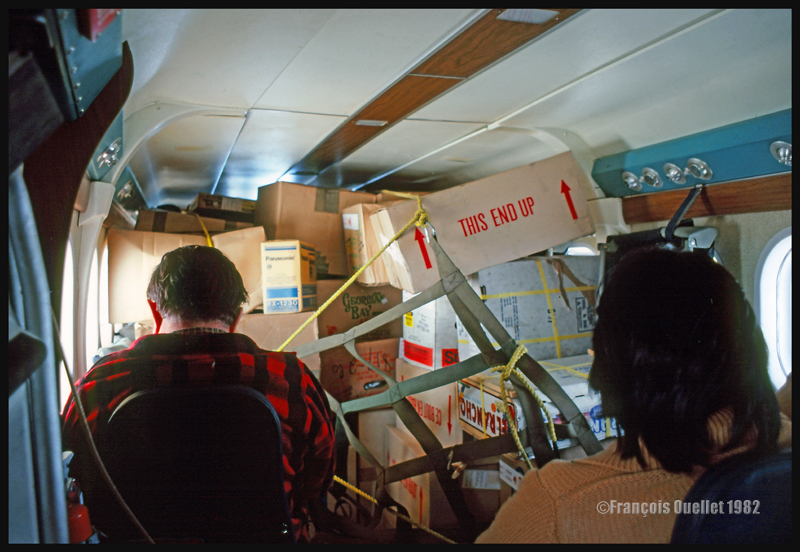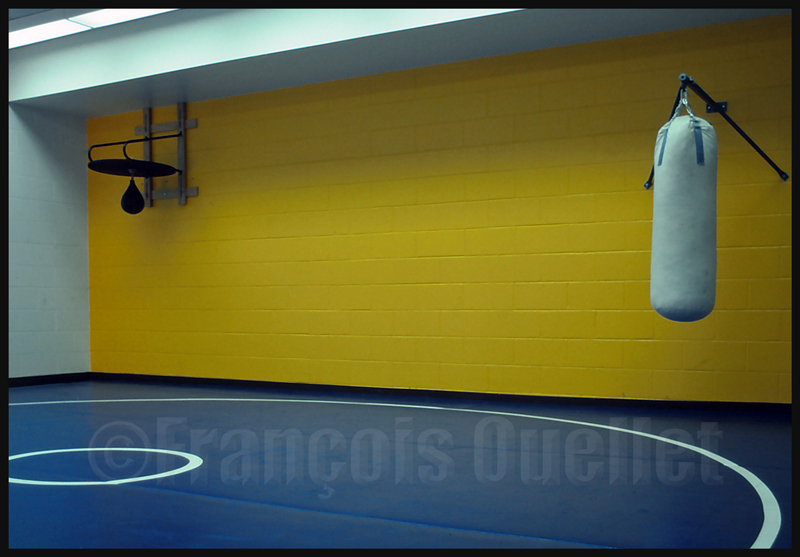(Precedent story: the long awaited aircraft)

Note: It is only an out of the ordinary true life story. Normal relations between Whites and Inuit are entirely peaceful. Besides, we all know of situations in the southern cities where whites have tried to shoot people. The following story therefore presents an unusual and rare case.
In a Northern Quebec village named Inukjuak,in 1982-1983, the buildings layout was simple. On top of a nearby hill was the whole village, populated overwhelmingly by Inuit. Down the hill, near the airstrip and Hudson Bay, were the few buildings where Environment Canada employees and Transport Canada flight services specialists (FSS) could be found. There were only Whites living and working in this area.
One evening during winter` 82 -` 83, someone knocked on the door and entered immediately without waiting for an answer. It was the auxiliary police officer. He was an unarmed young man who occasionally helped the unique village policeman. He told us that the policeman was absent from the village and that he must fend for himself. He urged us: “Lock your doors and turn off the lights, do not go out unless it is essential, as there is one Inuit armed with .303 caliber rifle who wants to shoot white people.“
It was, of course, a complete surprise for everyone. It was easy to deduce that the shooter looking for Whites would choose the easiest solution and head towards our buildings to shoot somebody at random. Not wanting to be a sitting duck, I went to my room and grabbed a locked suitcase that had been sleeping for months on a shelf. I took out a Remington Classic 700 BDL Bolt Action and loaded the magazine.
We established a plan, with the other two persons in the house. Two of us would have to get out and head toward the flight service station, where there was an unarmed FSS female employee working alone. Chances were that she was not aware of what was going on. One of us would bring her back home and the other one would then complete her night shift at her place, since the station could not be left unattended.
While we would be gone, there would be one person left in the house with a gun to protect himself if necessary. This employee had just arrived in Inukjuak. I still remember his reaction when we were getting ready to leave. I can hear him say: “But what is this crazy place?“
We closed the outdoor floodlights and headed to the flight service station with our weapons. Walking in the dark, crouched like soldiers during wartime, we arrived at the Transport Canada building where we found the employee occupied at her normal duties, completely ignoring the possible presence of a nearby shooter. I took her place to complete the night shift while she returned home accompanied by an armed employee.
Once alone in the operating room, I shut the lights while keeping a small lamp to illuminate the console radio frequencies. I lay the rifle flat on a counter, the lock removed for faster use if needed. The radio console was located opposite a large window: it left us totally exposed to anyone who would decide to shoot through it. I therefore had to stay away from the normal working position, except when responding to radio calls, until we received fresh news about the shooter.
The improvised night shift ended without incident in the station, but I learned that multiple shots were fired at a vehicle traveling near our facilities. Projectiles pierced doors, but luckily they did not hit the vehicle occupants. Within hours of the event, a tactical response team of the Sûreté du Québec arrived in Inukjuak and controlled the shooter.
Even if this story took place decades ago, I still remember very well the atmosphere on that evening. When untrained civilians must load firearms to potentially use them against another human, it cannot be forgotten.
(Next story: emergency clean-up)
For more real life stories of a FSS in Inukjuak, click on the following link: Flight service specialist (FSS) in Inukjuak






























